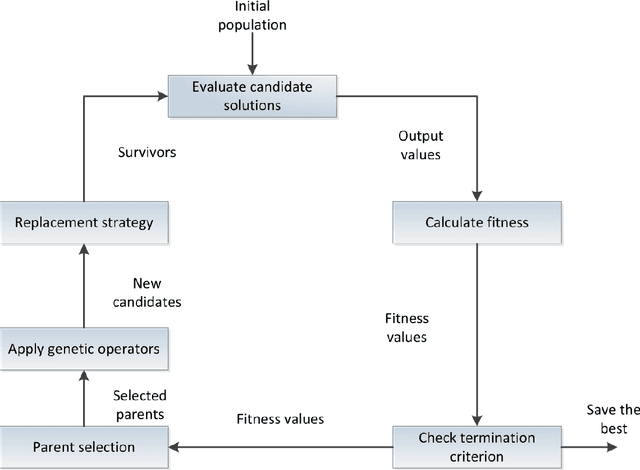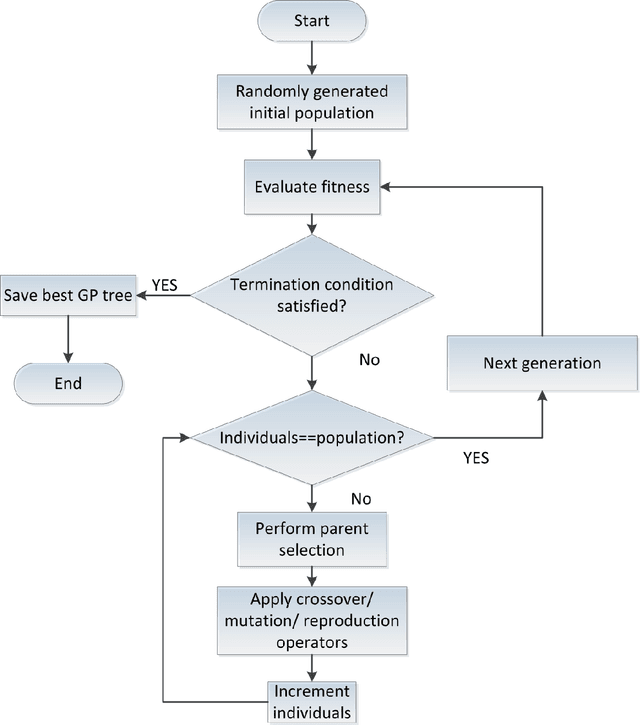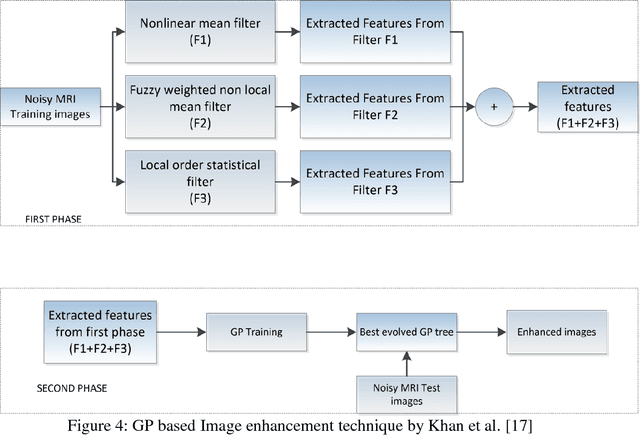Noor ul Wahab
L1-regularized neural ranking for risk stratification and its application to prediction of time to distant metastasis in luminal node negative chemotherapy naïve breast cancer patients
Aug 23, 2021



Abstract:Can we predict if an early stage cancer patient is at high risk of developing distant metastasis and what clinicopathological factors are associated with such a risk? In this paper, we propose a ranking based censoring-aware machine learning model for answering such questions. The proposed model is able to generate an interpretable formula for risk stratifi-cation using a minimal number of clinicopathological covariates through L1-regulrization. Using this approach, we analyze the association of time to distant metastasis (TTDM) with various clinical parameters for early stage, luminal (ER+ or HER2-) breast cancer patients who received endocrine therapy but no chemotherapy (n = 728). The TTDM risk stratification formula obtained using the proposed approach is primarily based on mitotic score, histolog-ical tumor type and lymphovascular invasion. These findings corroborate with the known role of these covariates in increased risk for distant metastasis. Our analysis shows that the proposed risk stratification formula can discriminate between cases with high and low risk of distant metastasis (p-value < 0.005) and can also rank cases based on their time to distant metastasis with a concordance-index of 0.73.
A Recent Survey on the Applications of Genetic Programming in Image Processing
Jan 18, 2019



Abstract:During the last two decades, Genetic Programming (GP) has been largely used to tackle optimization, classification, and automatic features selection related tasks. The widespread use of GP is mainly due to its flexible and comprehensible tree-type structure. Similarly, research is also gaining momentum in the field of Image Processing (IP) because of its promising results over wide areas of applications ranging from medical IP to multispectral imaging. IP is mainly involved in applications such as computer vision, pattern recognition, image compression, storage and transmission, and medical diagnostics. This prevailing nature of images and their associated algorithm i.e complexities gave an impetus to the exploration of GP. GP has thus been used in different ways for IP since its inception. Many interesting GP techniques have been developed and employed in the field of IP. To give the research community an extensive view of these techniques, this paper presents the diverse applications of GP in IP and provides useful resources for further research. Also, comparison of different parameters used in ten different applications of IP are summarized in tabular form. Moreover, analysis of different parameters used in IP related tasks is carried-out to save the time needed in future for evaluating the parameters of GP. As more advancement is made in GP methodologies, its success in solving complex tasks not only related to IP but also in other fields will increase. Additionally, guidelines are provided for applying GP in IP related tasks, pros and cons of GP techniques are discussed, and some future directions are also set.
 Add to Chrome
Add to Chrome Add to Firefox
Add to Firefox Add to Edge
Add to Edge